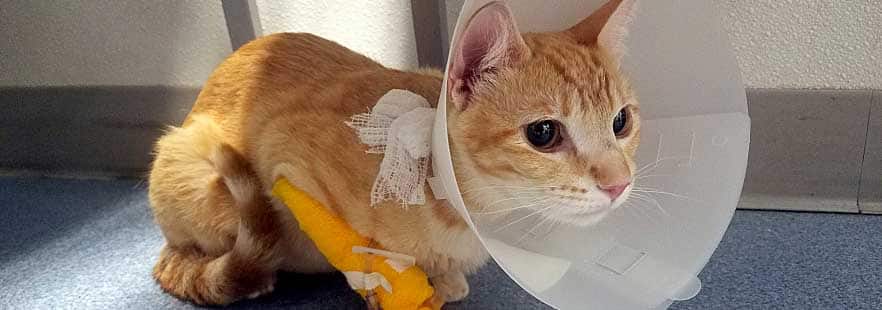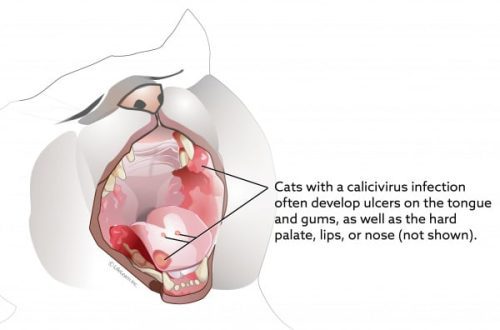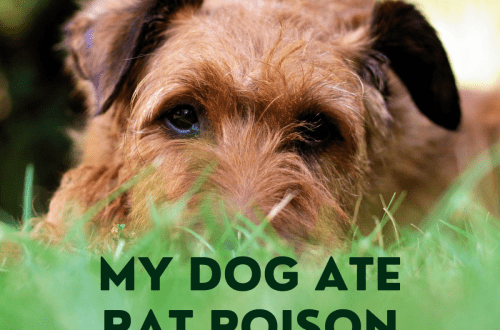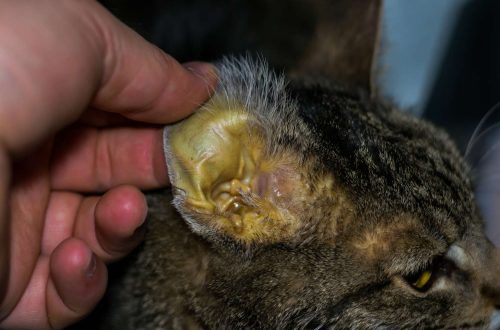
The cat was injured: how to care for a cat after surgery or injury
Experienced cat owners have probably at least once encountered an unpleasant surprise – when they came home, they found that the cat was injured. A swollen muzzle, a bleeding ear, or severe lameness are common, even for pets. How to care for a cat after an injury and how to give her first aid before a visit to the veterinarian?
Contents
How to understand if a cat is injured
The main difficulty in treating and diagnosing injuries in cats is their ability to hide pain. This is due to the fact that pets are genetically programmed not to show weakness, because in the wild, a cat with visible injuries is a magnet for predators.
Signs of pain and injury may be obvious, such as bleeding, lameness, and swelling. But there may be less noticeable, such as the desire to hide, lethargy and loss of appetite. If the cat has no visible signs of injury, but behaves strangely, it is necessary to carefully examine it.
What to do if the cat is hurt
Indoor cats are commonly injured in active play accidents, mishaps, jumps or falls involving furniture, burns, and being caught in doors. Such an incident can happen both with the owner and in his absence, and then he will find an already injured pet when he comes home.
If you notice an injury, you should call your veterinarian or local veterinary clinic to notify you of an emergency visit. Every cat injury should be treated as an emergency, as sometimes even the most superficial wounds require immediate treatment. Sometimes a simple lameness in a cat can be much more complex and painful than it looks at first glance. Almost all injuries heal faster if the cat is given emergency veterinary care.
Cat care after surgery or injury
If an injured cat returns home from the clinic with stitches, a surgical wound, or an open wound that needs to be looked after, certain rules must be strictly followed. And strictly follow the instructions of your attending veterinarian.
First, you should not allow your pet to lick and scratch the wound. If a cat is sent home with a protective collar, it should not be removed without consulting a veterinarian. You can loosen the cat’s protective collar only if it clearly prevents her from breathing normally. If your cat is able to get out of the collar as a result of loosening, contact your veterinarian immediately. Specialists insist on wearing protective collars, because this is often the only thing that can keep an injured cat from licking the wound.
If bandages are applied to the cat’s injury, they should be kept clean and dry. Any bandage soaked in drinking water or urine, soiled with feces or tray litter should be replaced within a few hours. The veterinarian will teach you how to do the dressing yourself or ask you to bring the cat to the clinic.
It is necessary to pay attention to edema, the appearance of which may indicate that the bandages and dressings are too tight. Nevertheless, even in such cases, you can not remove them yourself without the appropriate instructions from the doctor. If the area around the bandage is swollen, red, or wet, contact your veterinarian immediately.
It is necessary to strictly follow the instructions for the use of any drugs. If you have questions about their necessity or appropriateness, you should call your veterinarian. He will tell you whether to change the dosage of the drugs or stop using them. Under no circumstances should you give your cat medicines intended for humans, or any means that the veterinarian did not prescribe to her.
What does a cat need after surgery or injury
You should carefully monitor the condition of the recovering pet, namely appetite, toilet and activity. Signs that the cat is not recovering well:
- lethargy;
- desire to hide
- diarrhea or constipation;
- urination past the tray;
- vomiting.
If your cat shows any of these signs, you should take it to the veterinarian for a re-examination. In case of any signs of injury to a sore spot, a veterinarian should also be called. With the help of its rough tongue and sharp claws, a cat can tear at the seam or introduce an infection into the wound. Signs of an infected wound may include foul odor, redness, discharge, or swelling.
What to feed a cat after surgery or injury
After an injury or surgery, cats may develop special food preferences. Many refuse to eat, so good nutrition is especially important. Your veterinarian may recommend a medicated immune support diet or additional calories while your pet is recovering. Your cat may also need special food if she has an upset stomach or gastrointestinal problems after an injury.
It is important not to be embarrassed and persistent to ask the veterinarian for specific recommendations on the nutrition of an injured cat. He will be able to give prescriptions based on the nature of the cat’s injury, other medical conditions, medications the cat is taking, and food preferences.
Cat wound care at home
Many cat owners often want to be more fully involved in the management of their injuries. Veterinarians advise them to learn more about cat wound care, but many strongly recommend listening to the advice of professionals. By following the recommendations, you can protect yourself from accidental harm to your favorite fluffies. If the owner is confident that they can care for minor cat injuries at home, a number of recommendations should be followed:
• Rinse shallow wounds with warm water and pat them dry with a clean kitchen towel, medical gauze You can use antiseptic solutions that are sold in pharmacies, such as chlorhexidine 0.05%.
• In case of deep wounds, warm compresses can be used. To do this, apply a clean kitchen towel as a compress or dip the injured area in a warm solution of Epsom salts for five minutes.
• Consult your veterinarian before using topical creams and ointments.
• The cat, during the procedures, may begin to resist. In this case, it is better to take the pet to your veterinarian for examination and treatment, so as not to aggravate the problem.
If in doubt, contact your veterinarian. Regularly monitor for symptoms of infections or digestive problems and watch out for the slightest sign of pain or discomfort. A little love from the owner and care from the veterinarian will quickly return the cat to the best shape.
See also:
Helping Your Cat Recover After an Illness or Surgery
What to do if your dog or cat has a tail injury
Caring for a sick kitten
7 tips for daily cat care





